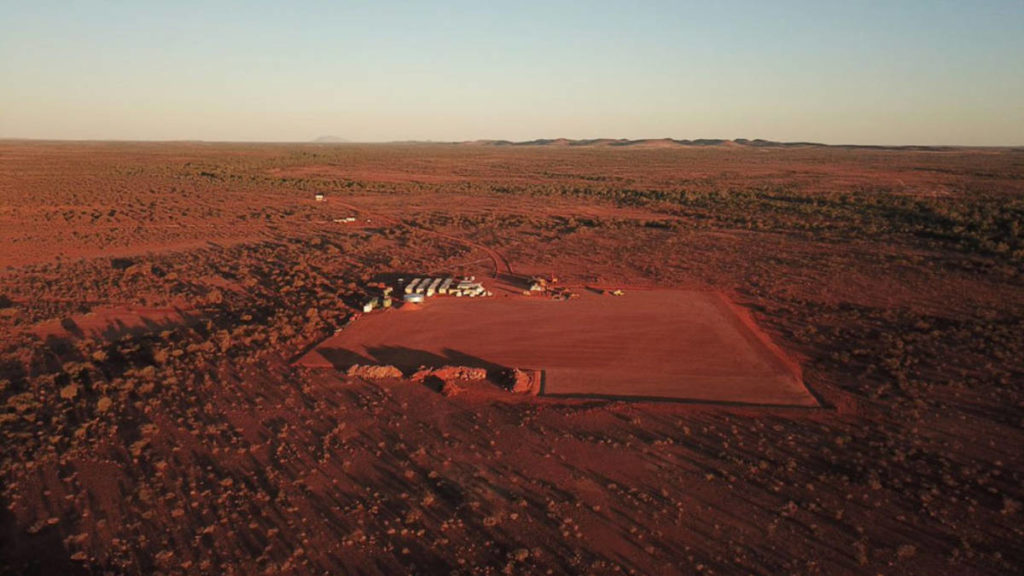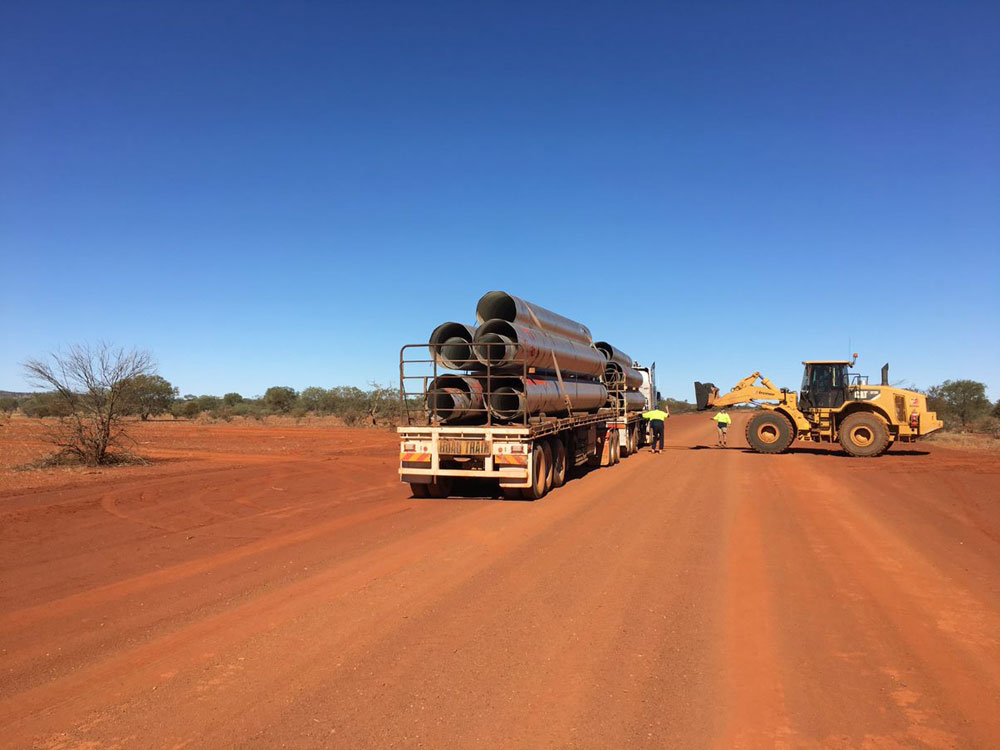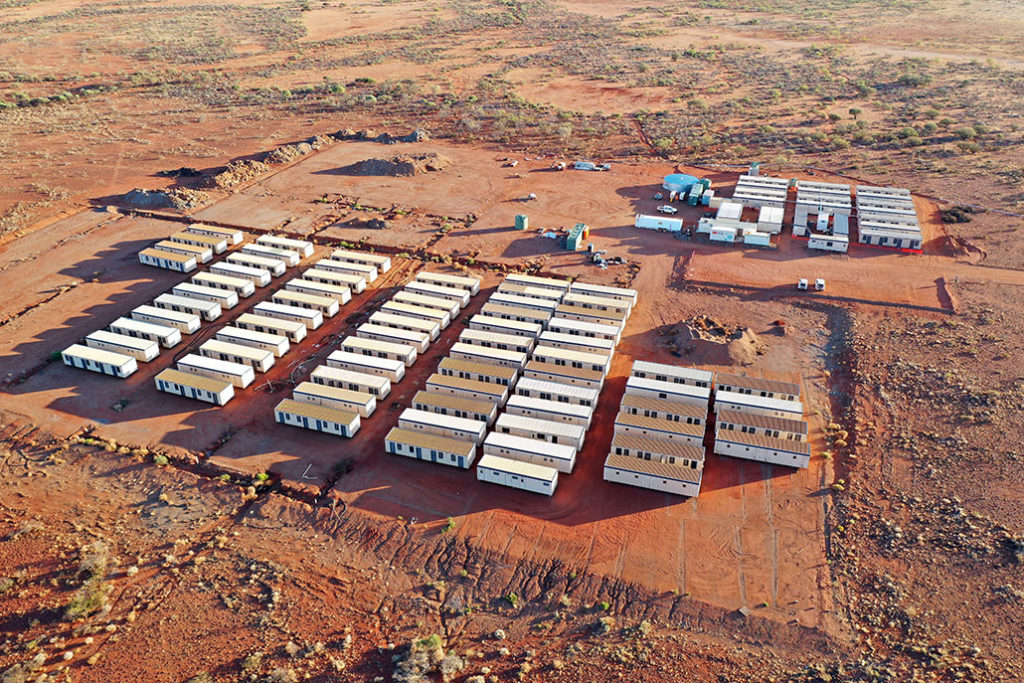You might be interested in
Mining
REE Survival Guide Part 4 – These Aussie projects aim to be ready to supply refineries... and soon
Mining
Ground Breakers: Rare earths players are enlisting China's help to try get off the ground
Mining
Mining
It’s been a real big month for aspiring rare earths miner Hastings Technology Metals (ASX:HAS) and its world-class 27.42Mt at 0.97% TREO and 0.46% NdPr ‘Yangibana’ deposit.
Only several weeks after the Australian Government’s Northern Australia Infrastructure Fund (NAIF) agreed to loan $140m to support construction at the Yangibana site in WA’s Gascoyne region, the company reported a major 84% lift in post-tax net present value to $1 billion, putting it in good stead to bring Yangibana into production by 2024.
This is important because while China produces the majority of the world’s rare earths, Hastings will be able to offer consumers an alternative supply source, which could go some way toward alleviating supply chain security concerns.
Speaking to Stockhead, Hastings chief operating officer Andrew Reid said with very few rare-earth projects around the world shovel ready, Yangibana is poised to fill the supply gap.

“Demand is going to outstrip supply for a while until some of these other projects play a little bit of catch up,” he said.
“At the moment China has a stranglehold on the rare-earth sector – there are only two commercial operations that mine and produce rare-earths outside China.
“One is Australian company called Lynas Rare Earths, which has been mining rare earths in Western Australia for at least the last decade and the other company is MP Materials – they have the mountain pass mine in California right near the border with Nevada,” Reid explained.
“But the two of them combined still can’t keep up with the demand for rare earths and it has been estimated that there will need to be another six or eight projects of Yangibana-scale coming online in the next decade to fulfil the demand that is increasing.”
The conditional loan from NAIF forms part of the $300-400 million of total debt financing required for the project, which is well on its way to becoming Australia’s second rare earths producer, alongside major Lynas.

Hastings has already signed several long-term off-take agreements, one with Schaefller and the other with Thyssenkrupp – as well as several non-binding memorandum of understandings (MoUs), accounting for ~77% of off-take during the first five years of Yangibana’s production.
“At the moment we are doing early works around infrastructure items, we need to put in access roads, and a very large village that can accommodate 300 people,” he said.
“We need to put in a 300km long IT infrastructure corridor to site, some water reticulation and a couple other things before we begin the main construction of the processing plant.
“Not long after the middle of the year we expect to be in full scale process plant construction,” Reid said.
Yangibana will support a peak construction workforce of nearly 500 in the Upper Gascoyne and Lower Pilbara regions of Western Australia and create more than 250 steady state operational jobs during the initial 15-year mine life.

Following its discovery in 2014, the Hastings team has been working hard at optimising and de-risking Yangibana, both technically and commercially, to make it more compelling as an investment proposition.
Coincidently, this progress has converged with a strong global rare earth’s magnet market – worth around US$12bn (and growing at ~16% a year) – underpinned by the global energy transition.
Hastings now expects the mixed rare earths carbonate (MREC) produced by Yangibana to meet around 6-8% of global demand for the critical minerals of neodymium and praseodymium used in the manufacture of permanent magnets.
“These magnets are a key component of electrical motors, without them you wouldn’t have electric vehicles, wind turbines, or any of the other emerging green power solutions,” Reid said.
Adding more fuel to the fire is the fact prices for neodymium and praseodymium – the two most valuable rare earths (there are ~15 in total) – have already exploded, with prices reaching US$100/kg in November 2021, the first time since 2011 that it has reached this level.
Other countries around the world, notably the US, have also flagged the importance of these industrial minerals.
Last week, the Pentagon announced its plans to boost stockpiles of rare earth minerals as a means to wean off the long-term dependence on China for its use in military applications and on Tuesday, US President Joe Biden announced a US$35 million grant to MP Materials to process rare earths.
Big news: MP has received a $35m @DeptofDefense award to develop a commercial processing facility for heavy rare earths at Mountain Pass!
CEO James Litinsky will join @POTUS, @SecGranholm, @GavinNewsom & more at 3:30pm ET to announce.
Tune in 👇🏽$MP https://t.co/RRZe91hUzW
— MP Materials (@MPMaterials) February 22, 2022
MP Materials has said it aims to begin processing rare earths in California by the end of the year.
Last year, Australia’s Lynas was awarded $30.4 million to build a processing facility in Texas to strengthen defence supply chain, shortly followed by a cash injection of $19 million by the US Energy Department for 13 projects across the United States tied to rare earths and critical mineral production not too long after.